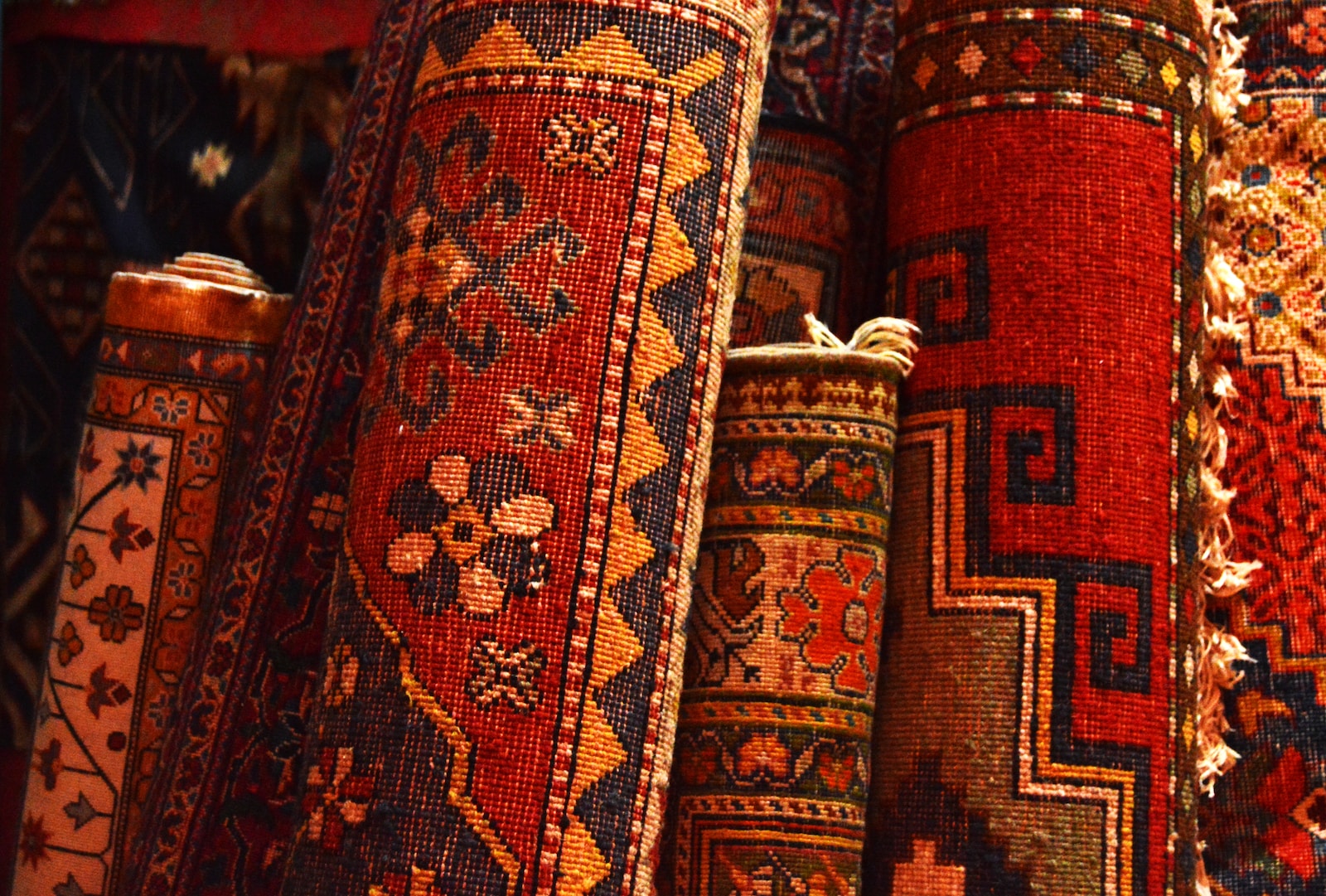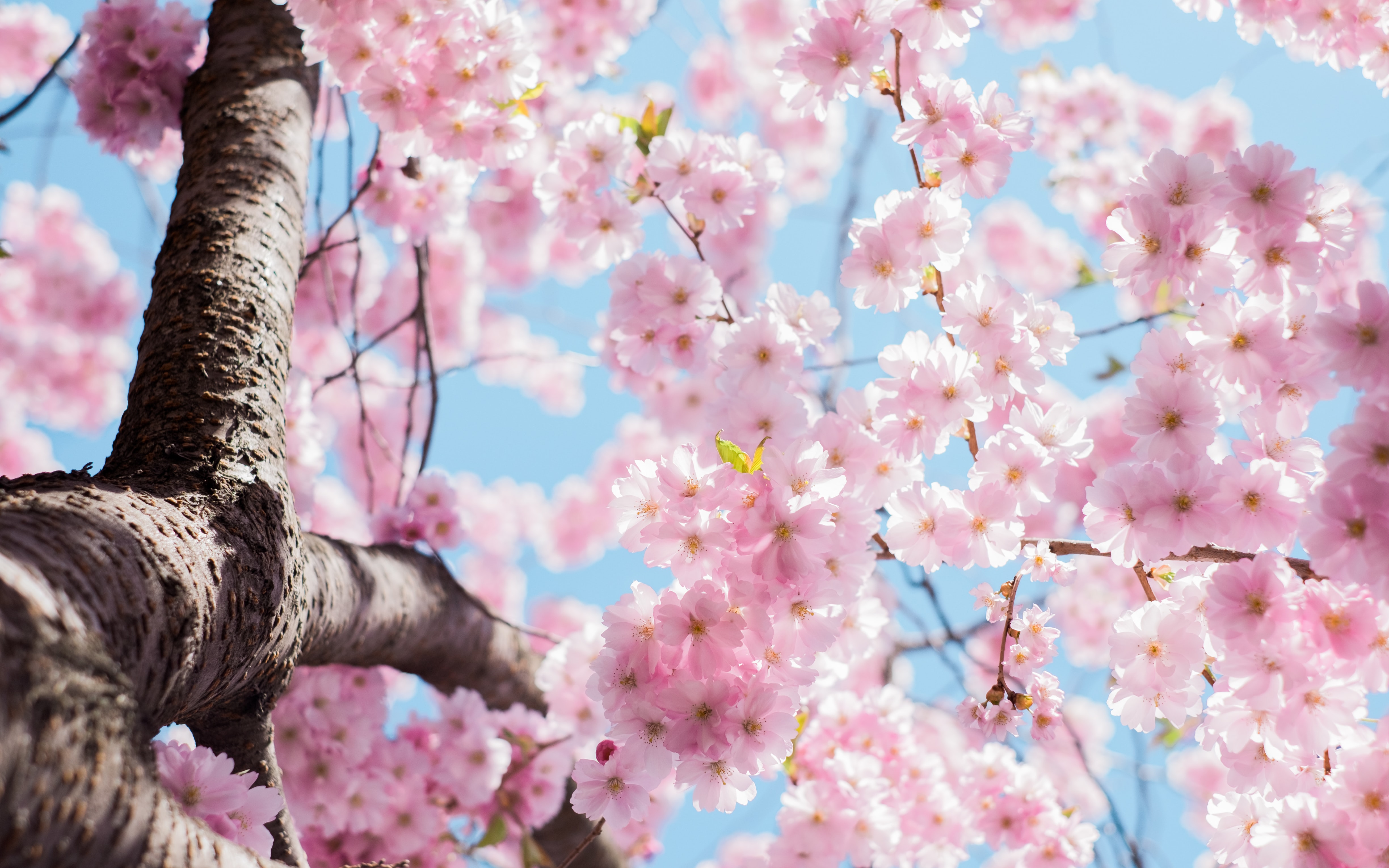What can’t be left out in Scandinavian decoration
The Scandinavian style is a type of decoration inspired by the Nordic countries of Europe that has gained more and more fans, for its ability to unite design and comfort.
As the style was born in a region where winter is harsh, it proposes several ways to make the spaces comfortable, cozy and not only for those who live there but also for visitors.
With wide, clear spaces and a strong connection with nature, the Scandinavian style refers to welcoming, but without giving up in any moment of elegance.
With its main characteristics being the predominance of straight lines, lots of white and light wood tones, natural light is valued for connecting amplitude and coziness in the same space.
To understand more about the style and how to insert elements of it in your decoration, read below what can’t be left out in Scandinavian decoration.
Light tones

White background and lighter colors are the most striking features of the Scandinavian style.
The lighter tones increase the sense of amplitude of the space, and at the same time transmit the necessary warmth.
White walls, white furniture, tapestry in natural fabrics, and the use of wood in tones equally light reinforce the characteristics of the style.
Natural light

Natural light is enhanced during the day, and artificial lighting is strengthened with the use of pendants and direct light at night.
The light tones make natural light even more valued as they help make the space even more illuminated.
Large windows and doors and the use of skylights provide the entrance of natural light, which in addition to illuminating also helps to bring warmth to the environment.
Tapestry

Some details are essential in the Scandinavian style, blankets and cushions are indispensable accessories, as well as the rugs in more full-bodied fabrics that bring a sense of warmth to the home.
Fabrics in natural tones and finishes such as knitting and crochet are recurrent in Scandinavian style, whether in rugs, cushions, blankets, or finishes of benches and chairs.
Shelves

The open shelves with decorative objects are an excellent complement in the Scandinavian style, but it is important to avoid the excess of visual information using few objects with minimalist design and proposals.
Plants

Among the elements that compose the Scandinavian style very well are the plants in the decoration along with paintings, which give the environment more personal and full of style.

In the paintings, it is common to use phrases or elements from nature such as plants and animals, usually in stylized representation with thin lines and dark and rectilinear frames that contrast with the predominant white.
Metalized

Objects such as luminaires and metalized furniture are great complements in Scandinavian style.
In addition to being frequent in detail, furniture finishes can also be metallized reinforcing the style.
Luminaires

Luminaires are an important part of Scandinavian-style decoration, they usually follow geometric shapes, or be made of glass and have LED or carbon filament lights.
Wood

The wooden floor is common in this style, even in areas such as the kitchen, which are usually in open concept, interconnected with the dining and living room.
Kitchen

The Scandinavian-style kitchen follows the proposal of white furniture and light color woods, with straight lines and few objects on the countertops, that are usually light stone or wood.
Bathroom

In the bathroom of a Scandinavian-style house, one of the most frequent elements is subway tiles, this small model that is usually placed interspersed with horizontal lines and can use white, gray, or black grout.
Conclusion
The Scandinavian style, although born in the Nordic countries of Europe, is now used in various parts of the world, regardless of the climate of the place.
After all, good taste, warmth, and comfort is never too much in a good decor, isn’t it?





